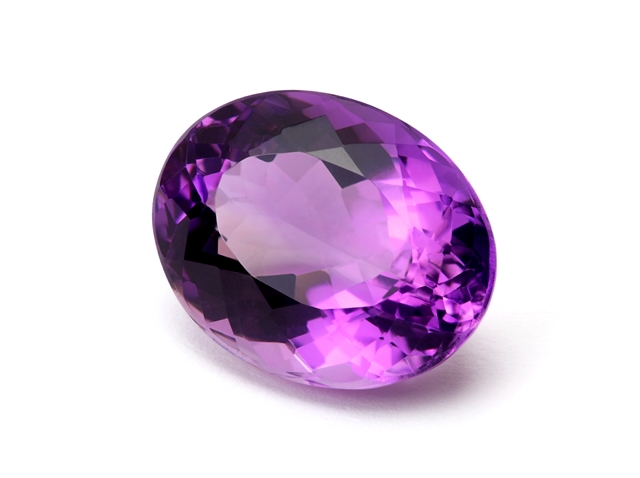February may be the shortest month on the calendar year. It may be a bit fickle, unable to decide if it wants to be 28 or 29 days long. But we think that just makes it all the more special and unique. After all, February is the only month that has the distinction of being able to squeeze another day onto the calendar every four years or so.
Of course, February is also home to the most romantic holiday on the calendar — Valentine’s Day! It’s the perfect time for you and your significant other to go above and beyond the everyday “I love you” and express your love for one another in extraordinary ways. Whether a beautiful new piece of diamond or cubic zirconia jewelry, a bouquet of flowers, a romantic night out on the town, a loving card or some other wonderful surprise is in store for you, all of us at Birkat Elyon would like to wish you a wonderful Valentine’s Day.
And, as we do every month, we’d also like to wish a happy birthday to all of the February babies among our blog readers by talking about your birthstone.
Amethyst
February’s birthstone is the amethyst. These stones contain quartz, the second-most plentiful mineral in Earth’s crust. Allow us to get technical for a moment so we can explain where exactly this gemstone is uncovered in the Earth. Just like quartz, amethysts are regularly found inside of round, hollow rocks (“geodes”). Also like quartz, February’s stone is a transparent form of silicon dioxide.
Its color can be anything from a light mauve to a deeply rich purple, though science has not yet discovered why they appear purple in color. Some believe that its color is a result of the stones having a high amount of iron oxides, but others think that the presence of manganese or hydrocarbons is the cause. Regardless of what the actual reason is, the result is the stones have an unmistakably beautiful violet hue to them. Darker and more intense purples are more valuable than the lighter lavender and smoky varieties are. The darkest of stones are sometimes heated up to further enhance their color.
One of the world’s largest amethysts is 343 carats and is on display at the National History Museum in London, but most are a bit smaller and come from Uruguay or Brazil. Any US jewelry you’ll find with amethyst settings most likely got their stones from either Arizona or North Carolina, though. The amethyst, however, has a history that stretches back to long, long before there even was an Arizona or North Carolina.
As many as 25,000 years ago amethysts were used by the French as decorative stones. Well, not by “the French,” exactly, because there was no France back then. However, prehistoric humans in what is now France used the stone in their jewelry during this time.
It’s also believed that the stone had a very notable brush with royalty back in the Old World. Cleopatra’s signet ring, which had an engraving of a Persian deity known as Mithras, who was a symbol for the source of light and life is thought to have been an amethyst.
The Egyptians of that time thought that these gemstones contained special powers, and so they placed them in the tombs of their pharaohs. Ancient Greeks and Romans had their own ideas about the powers of the amethyst: they believed the stones would ward off the strong powers of Bacchus, the God of Wine, and keep the wearer clear-headed and quick-witted even when they’d drank wine. In the Middle Ages, Europeans used the stones as a form of medication to prevent them from falling asleep and to fine tune their minds – and (naturally) to protect against sorcery. Arabian mythos, meanwhile, held that amethysts would protect their wearers from bad dreams and gout.
The amethyst has been favored by many royals and, like most gemstones, was viewed different and believed to have varying powers by many diverse cultures throughout history. Today, in addition to its violet color, this regal stone is prized by many because it is available in a plethora of different sizes and shapes. Further, these gems compliment both warm and cool colors, giving them an amazing amount of versatility.They can enhance almost any wardrobe item you have, regardless of color, and they look great set in either yellow or white metals.
Cubic Zirconia Jewelry
Not every gem type or color matches up so perfectly with either white or gold jewelry, though. That’s why BirkatElyon carries a diverse line of high-quality cubic zirconia set in 100-percent solid 14K or 18K white or yellow gold or pure platinum. Our hand-cut cz jewelry items are inexpensive options to help you save money but still look great while rounding out your collection of more expensive pieces of “real” jewelry.


